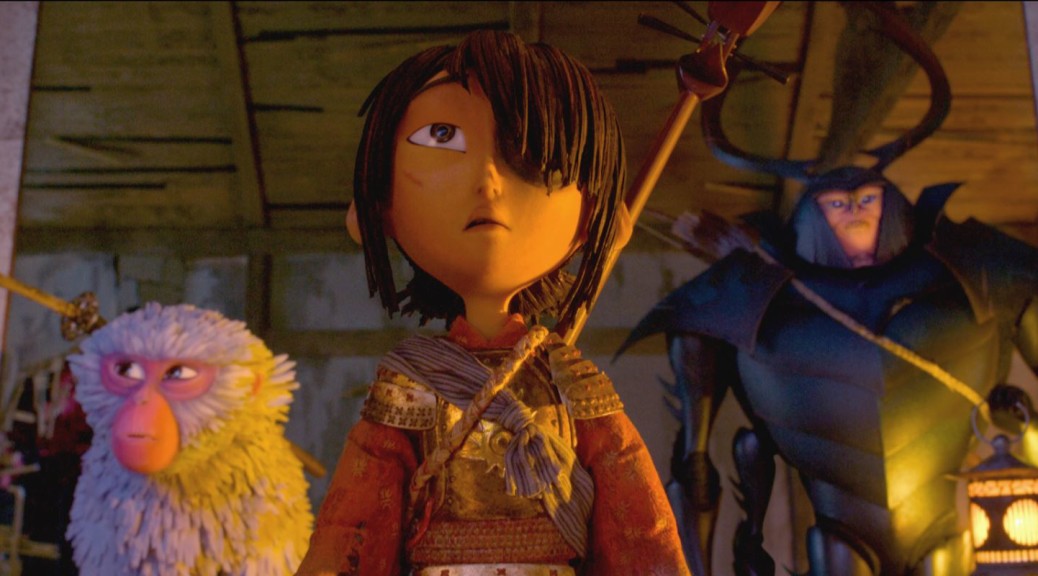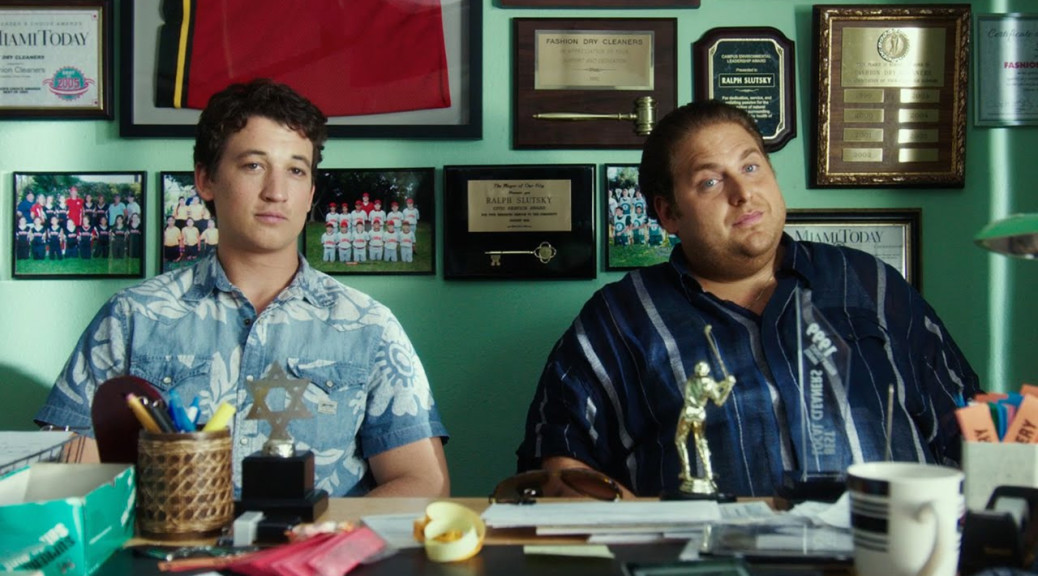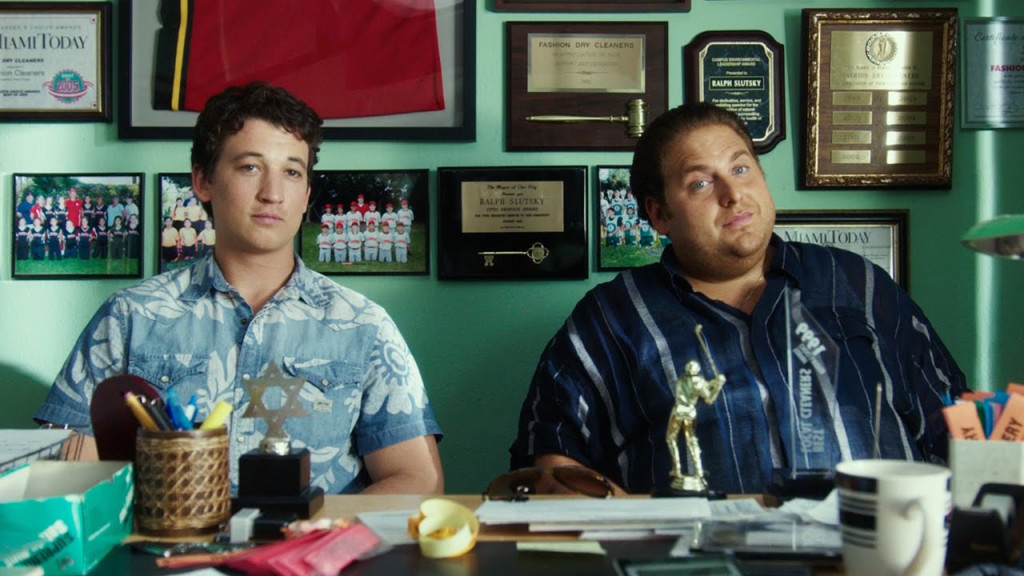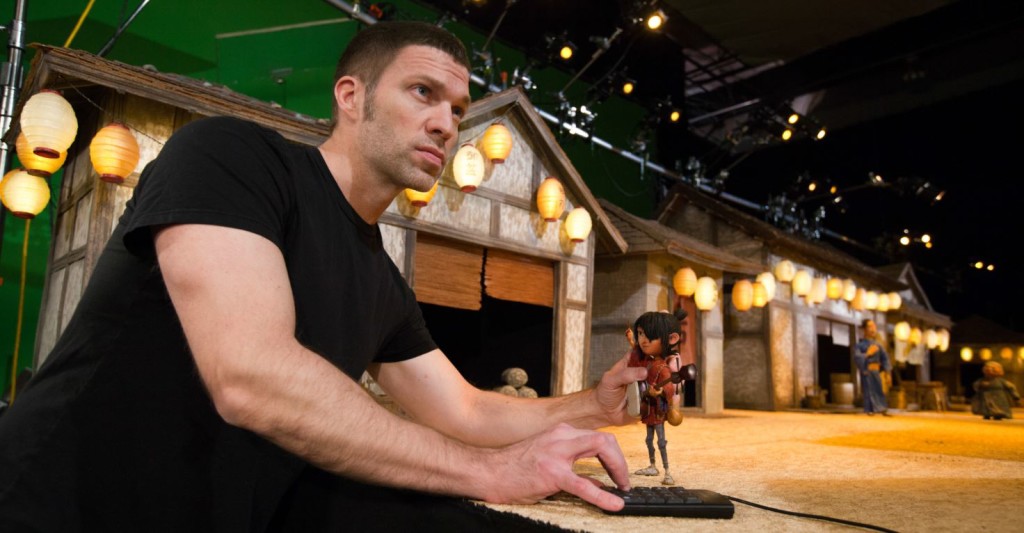 Follow @TimLammersFilms on Twitter
Follow @TimLammersFilms on Twitter
If Laika has taught us one thing during its 10 years of existence as a stop-motion animation studio that’s produced the Oscar-nominated features “Coraline,” “ParaNorman” and “The Boxtrolls,” it’s that they respect the intelligence of the people watching their films. Yes, the visuals they painstakingly produce, frame by frame, are stunning to be sure; but first and foremost, Laika’s films are about story — and the studio’s latest offering, the epic Samurai family adventure, “Kubo and the Two Strings,” is no different.
“Our films really come down to the way we feel about our audience. We don’t view the films that we make as product,” Laika CEO and “Kubo” director Travis Knight said in a phone conversation from New York Thursday. “While what we’re in is show business — it’s show and business, and art and commerce — I think it’s important to not discount the art portion of it. In the end, we are making films and telling stories. We ask ourselves, ‘So who are we telling stories for? Who is the audience for these movies?’ We have nothing but the utmost respect for the audience of these movies.
“We will not pander, and we respect the intelligence and the sophistication of audience, and we don’t talk down to them. That comes through in our movies,” Knight added. “If you look at a lot of other movies, and that is not the case. That is not the way producers are looking at their audience. But for us, that is how we look at our audience. They are our families, these are our people, these are our children that we are making these films for. We love and respect them, and we want to make something worthy of them. That’s the approach we take to our movies.”
Opening Friday in theaters nationwide in 2D and 3D, “Kubo and the Two Strings” takes place in ancient Japan, where it follows the fantastical adventure of Kubo (voice of Art Parkinson), a humble boy with an ailing mother who accidentally summons spirits from his family’s past that target him to exact an age-old vendetta. His only hope of successfully combating the spirits comes in a quest to obtain three pieces of armor that belonged to his late father, the world’s greatest samurai warrior.
Joined by Monkey (Charlize Theron) and Beetle (Matthew McConaughey), the magically-gifted Kubo, armed with his stringed musical instrument known as a shamisen, embarks on the quest to face the spirits. But the quest isn’t merely about confronting the malevolent Moon King (Ralph Fiennes) and evil twin sisters (Rooney Mara); in the process, Kubo strives to discover the truth behind the loss of his father.
Marking Knight’s directorial debut (he’s also serves as producer and lead animator on the film), “Kubo and the Two Strings” took about five years to produce, a time period much longer than most computer-animated features. However, Knight feels that it’s not the extra time Laika’s artists put into their work that separates them from their computer-animated colleagues, but their ability to put a human imprint, so to speak, on their films.
“There is certainly a timelessness to stop-motion. When you look at a stop-motion film, you see the will and the skill, and the imagination of an artist who’s brought something to life with their hands,” Knight said. “The computer is an extraordinary tool, but there’s no humanity in a tool. It’s all in service of its operators. So, the stuff you see that comes out of comes out of computers is a bunch of ones and zeroes and I think you can do amazing things with a computer — and we’ve seen it with exceptional effects and beautiful films — but it’s just sitting there, waiting to be worked with by its operator.”
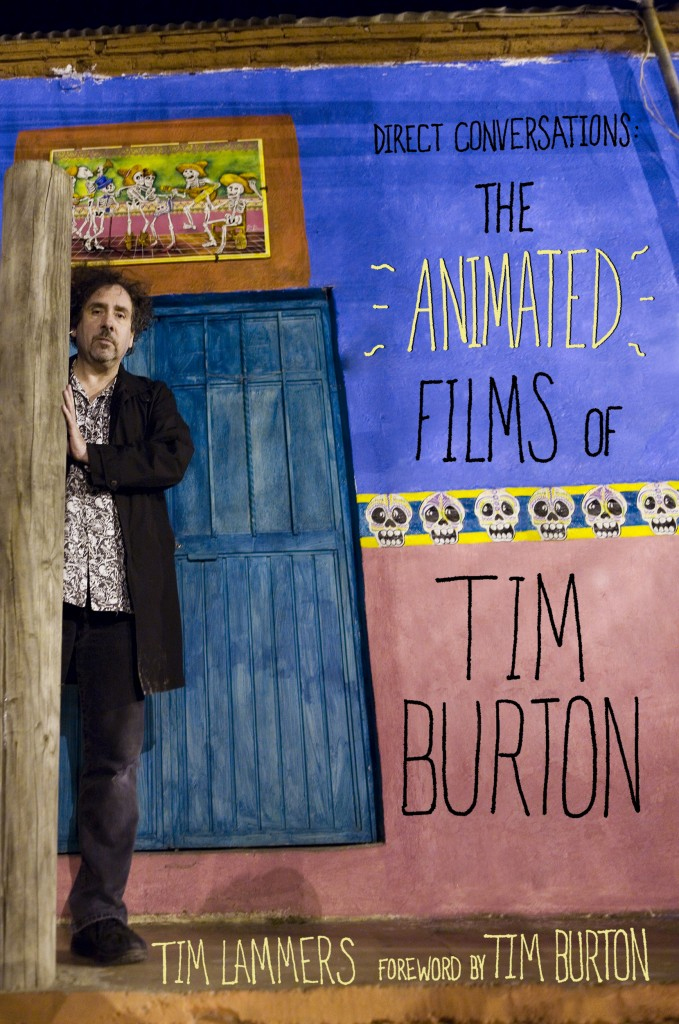
On the other hand, it’s about, well, the hands, as well and hearts and minds behind the drive of a stop-motion animator.
“Inherently in stop-motion there’s this hand-crafted quality, which really does give it its humanity,” Knight said. “These objects become alive because of the will and imagination of the animator. It’s magical to me because it almost evokes this primal feeling. My youngest son is 3 years old, and sometimes I watch him from across the room when he’s playing with his action figures, with one in each hand and doing little voices, creating scenarios – I recognize what he’s doing is telling stories. Nobody taught him to do that. That’s just an innate part of who we are as storytellers. That’s just who we are as humans.”
Laika, Knight said, is essentially an extrapolation of that.
“What you see with stop-motion films is that they’re essentially toys,” Knight said. “They’re dolls brought to life as if they have an inner-life and they’re moving around, and living and telling these stories — they’re creatures with their hopes and dreams. I think it really is evocative of imaginative play like when we were kids. Stop-motion taps into an aspect of that that is very primal.”
One of the many keys to the success of “Kubo” is that the story and the way it’s told is strikingly original. True, it is inspired by the such storytelling luminaries as Akira Kurosawa and Joseph Campbell — and to a greater extent how those storytellers influenced “Star Wars” — yet “Kubo” manages to forge its own identity.
“Unfortunately, originality is rare in this business these days,” Knight lamented. “We are in an industry right now where the pendulum has swung in one direction and where old presents are re-wrapped and offered up as new gifts. Old ideas are being dusted off and being regurgitated, but we’re fighting the good fight of trying to tell new and original stories, which has become increasingly difficult in this atmosphere.”

